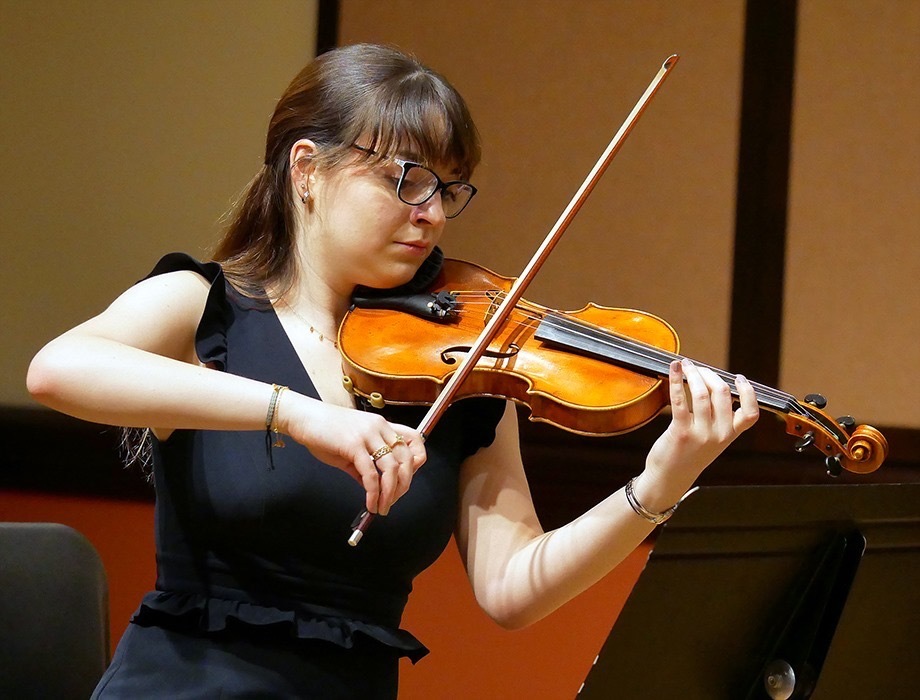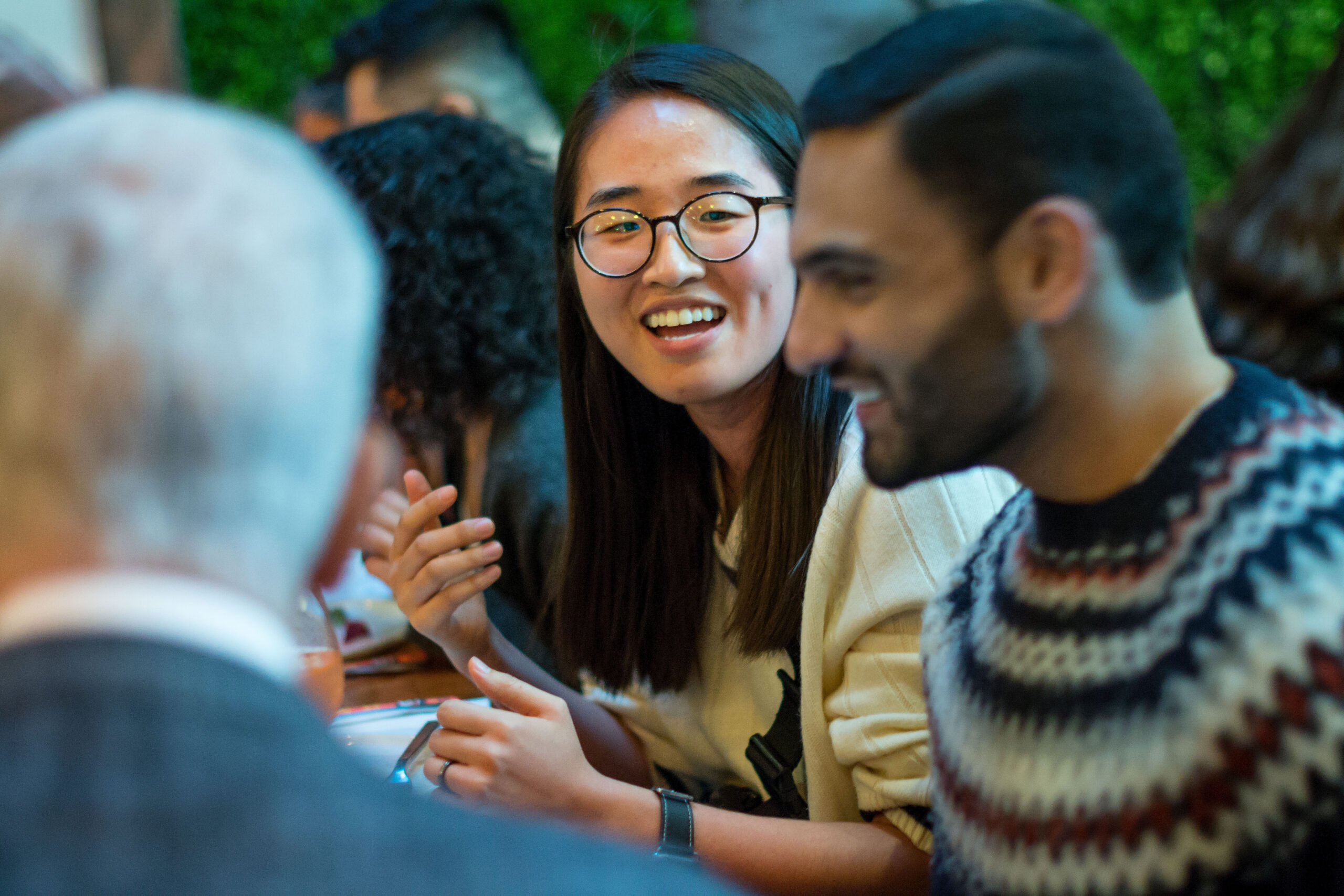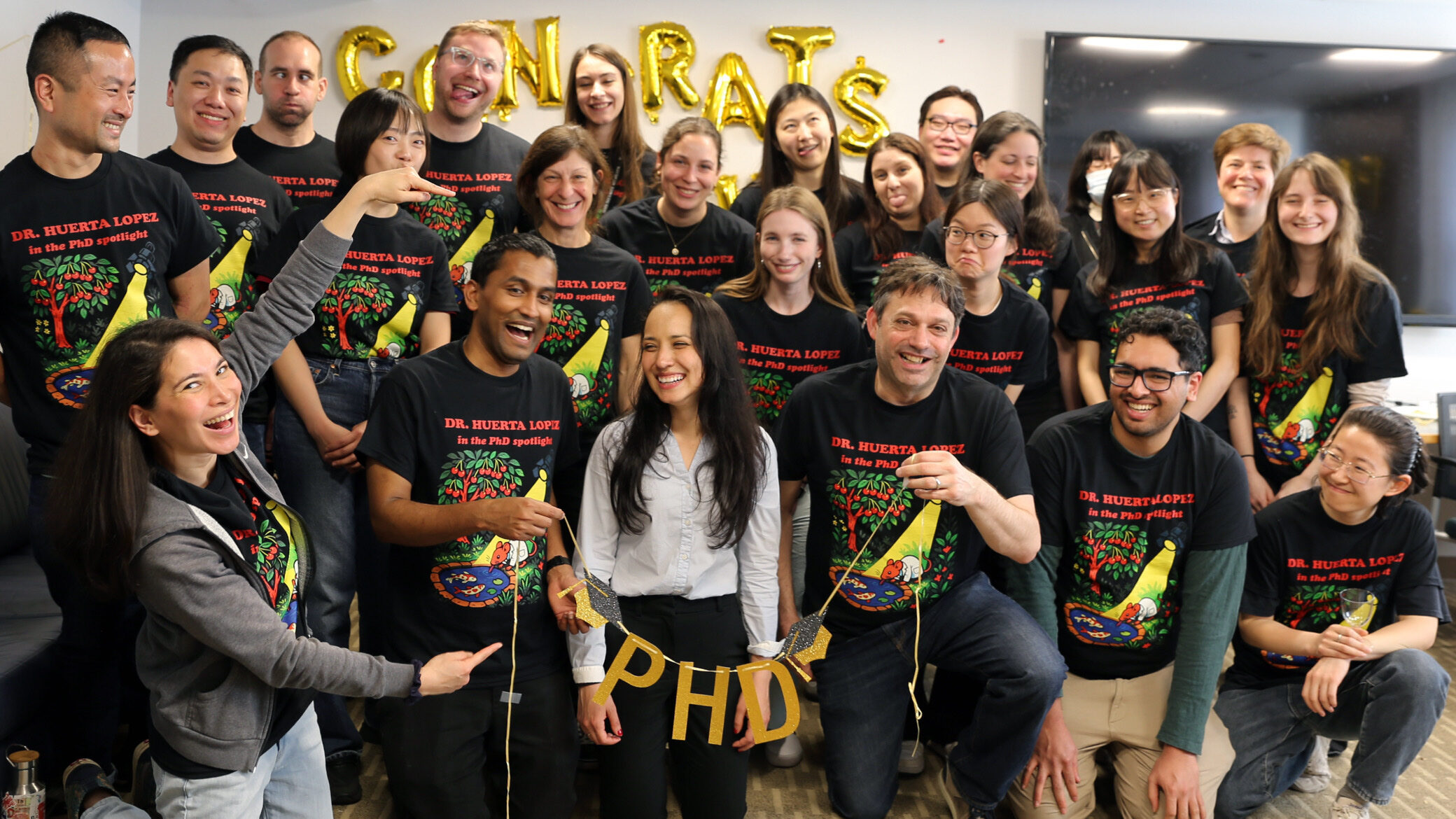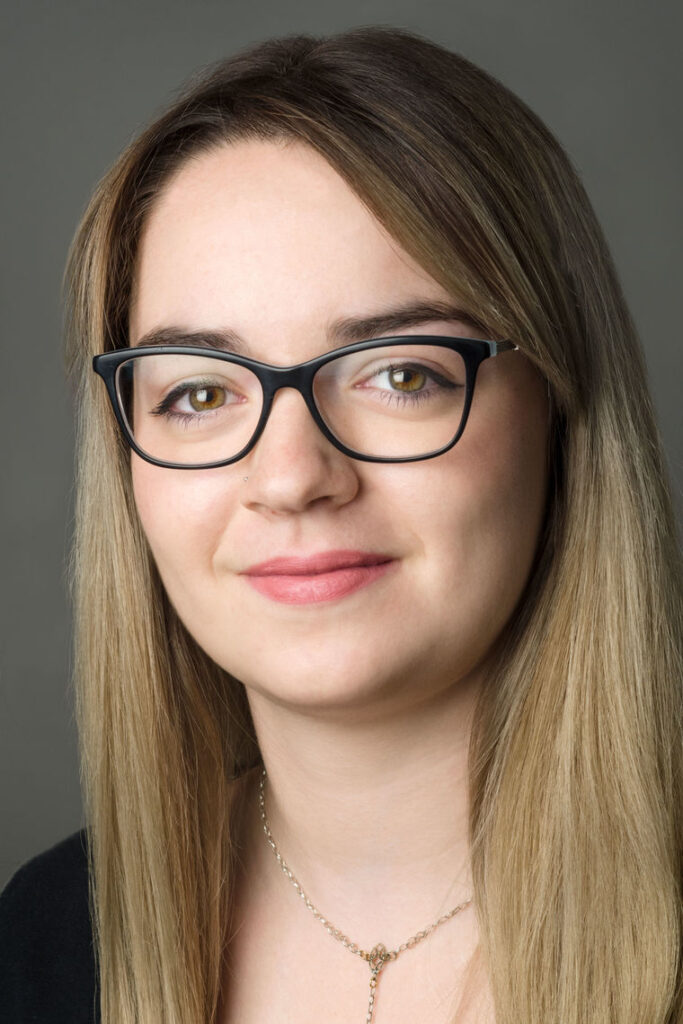- Fellow Highlights
Q&A: Astronomer Andrea Sylvia Biscoveanu Looks Back At The Fellowship

Born in Philadelphia, 2018 Paul & Daisy Soros Fellow Andrea (Sylvia) Biscoveanu is the daughter of Romanian immigrants. Fearing for their safety after participating in the anti-communist revolution of 1989, her parents left behind their families and their careers in pursuit of increased freedom and opportunity in the United States. Knowing that her family lived without basic civil rights in Romania has given Sylvia a deeper appreciation of the liberties afforded by the US Constitution, and watching her parents struggle to create a name for themselves in the US has taught her the value of dedication and hard work.
Sylvia graduated summa cum laude with degrees in physics and Spanish from the Pennsylvania State University’s Schreyer Honors College with minors in mathematics and violin performance. After college, as a Fulbright Postgraduate Fellow at Monash University in Melbourne, Australia, Sylvia conducted research on constraining the jet properties of gamma-ray bursts using coincident gravitational wave and electromagnetic detections. The Fellowship supported her work towards a PhD in astrophysics at MIT.
Why did you apply to The Paul & Daisy Soros Fellowships for New Americans?
The main reason I applied for the Fellowship was because of the prospect of joining a community of highly successful and accomplished New Americans that were able to freely share and understand one another’s experiences. I used the Fellowship funding towards the first two years of my PhD in physics at MIT. Unlike most other STEM fellowships where the application involves just writing some sort of research proposal and there is little opportunity to meet with other fellows, through the PD Soros Fellowship, I was able to meet other Paul & Daisy Soros Fellows in a wide range of fields and broaden my thinking about what it means to be a New American studying astrophysics. While my PhD would have been funded through a research assistantship or teaching assistantship regardless, the Fellowship also provided me with the flexibility to pursue the research that I was most interested in during the first two years of my PhD and not have to worry about teaching while taking classes, for example.
You’re now finishing up the second year of the Paul & Daisy Soros Fellowship program. Has the Fellowship been what you expected?
The Paul & Daisy Soros Fellowships has exceeded my expectations in terms of the community of Fellows I’ve been introduced to and the connections I’ve formed with my cohort. It has been a great experience getting to meet other past Fellows in the Boston-area through alumni events, and I have grown close with the other Fellows in my year through our interactions at the annual conferences and staying in touch over WhatsApp. One thing I was not expecting from the Fellowship was to be challenged to think about the privilege I have to work on something as esoteric as gravitational waves and black holes. Unlike nearly everyone else in my Fellowship cohort, my research will have basically no direct impact on everyday life for most people. So many of the other Fellows in my year are activists, lawyers, writers, etc. and during our conversations at the Fall conference I was challenged to think critically about why I chose to work in astrophysics research and how I can contribute to the causes that we share as an immigrant community.
Do you have any favorite memories from the past two years as a Paul & Daisy Soros Fellow?
One of my favorite memories from the program is from my interviews actually. I was a finalist two years in a row, and Terry Babcock-Lumish was on my interview panels both years. The first year, she asked me a very tough question about the controversy around the Thirty Meter Telescope that was proposed to be built on the sacred lands at Manua Kea in Hawaii and the role of indigenous people in astronomy. Since I’m not an electromagnetic astronomer, I hadn’t heard about the issues surrounding this proposed telescope at the time. My second year, I sat next to Terry at the dinner before the interviews and mentioned to her that this question had really stuck with me and that I’d spent some more time reading and researching about the impact that the TMT would have on the native Hawaiian community. The next day at the interview, she asked me the same question again! I think a year of reflection helped my answer the second time around.
What advice would you give to someone who is thinking of applying to The Paul & Daisy Soros Fellowships for New Americans?
I can only speak as a child of immigrants, but one thing that I struggled with when preparing my application was distinguishing between my parents’ immigration story and my experience as a New American. The New American essay is unique because it is rare for an academic fellowship application to ask you to reflect on such a personal question, at least in STEM fields. My advice would be to start by just having conversations with your family about their experiences both through the immigration process and in their home countries, and to think about how their experiences shaped how you grew up. I chose to share an anecdote from my childhood that impacted the way I perceived myself as a New American and to reflect on the opportunities I had, like studying astrophysics, that I wouldn’t have had if my parents had stayed in Romania. This way, you can blend together your experience with those that ended up bringing you to this point of writing the application.
Where are you with your graduate program now? What’s next?
I am now a rising third year graduate student in Physics at MIT. My next major milestone will be taking my oral qualifying exam next semester, after which I will be a PhD candidate. During my first two years, I have worked on a variety of projects within gravitational-wave astrophysics, mostly using Bayesian inference as a tool to extract information about the sources of the gravitational-wave events we detect with LIGO here on Earth. I am interested in further exploring the field of multi-messenger astronomy and combining both electromagnetic emission and gravitational waves from neutron-star mergers to learn more about these phenomena. I also plan to continue my work on the stochastic gravitational-wave background, a persistent signal that carries the imprint of our universe’s earliest history. I probably have about three more years of graduate study, after which I am planning to stay in academia and pursue a post-doctoral research position. ∎
Keep Exploring
-
 Read more: Kathy Ku Steps into Leadership as PDSFA Chair
Read more: Kathy Ku Steps into Leadership as PDSFA Chair- Board of Directors
- Fellowship News
Kathy Ku Steps into Leadership as PDSFA Chair
-
 Read more: Q&A with MD/PhD Student Silvia Huerta Lopez
Read more: Q&A with MD/PhD Student Silvia Huerta LopezQ&A with MD/PhD Student Silvia Huerta Lopez
-
 Read more: PD Soros Eligibility Guide for PhD Applicants
Read more: PD Soros Eligibility Guide for PhD Applicants- Applicant Information
PD Soros Eligibility Guide for PhD Applicants
-
 Read more: Watch: Optional Exhibits & Recommendations
Read more: Watch: Optional Exhibits & Recommendations- 2025 Information Sessions
Watch: Optional Exhibits & Recommendations
